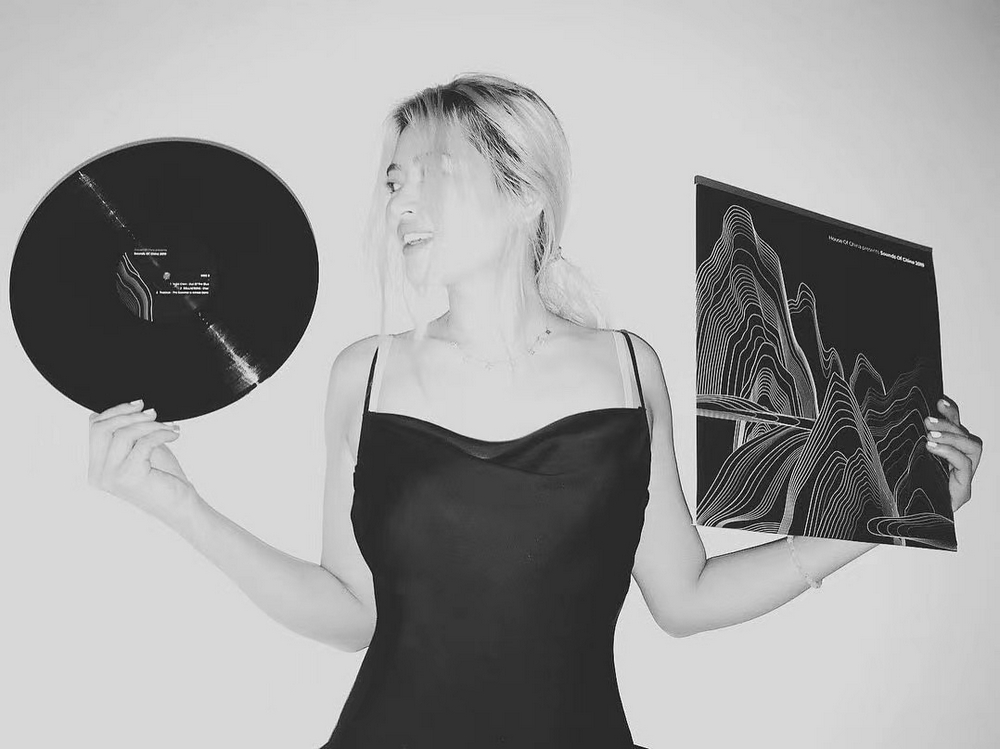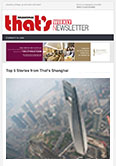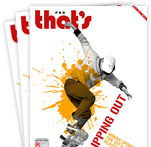The history of the 798 Art District is a fascinating story of transformation; it tells the tale of how a former industrial area became a globally recognized hub for contemporary art.
In the 1950s, the area was part of a joint project between China and East Germany to establish a state-owned factory complex.

1950s Image of 718 Joint Factoy. Image via Modu Magazine
Factory 798 – that would later lend its name to the artist district – was a key site for electronics and military equipment production. It was part of a larger complex known as 718 Joint Factory.
The buildings were designed in the German Bauhaus style, which is modernist design movement characterized by a focus on form following function and large, minimalist, light-filled spaces.

Modern day image of 798. Image via Beijing Tours
This architectural style was new to China at the time, and contributes to the district's unique aesthetic, as well as the buildings suitability to function as galleries and studios.
By the late 1980s and early 1990s, as China's economy shifted, these factories became obsolete and ceased production; many workers were laid off and the complex was gradually abandoned.

Pace Beijing Gallery in 798. Image via Fun Life Crisis
During the late 1990s, local artists – seeking affordable workspace and attracted by the large, raw industrial spaces – began to rent the abandoned factory buildings.
In 1995, Sui Jianguo – a leading figure in the development of conceptual sculpture in China – leased a large warehouse as his workshop, blazing a trail for a flood of other artists to follow.

Scupltures by Sui Jianguo. Image via Qingdao
In the early 2000s, the area started to gain mainstream popularity, the artistic community in the area flourished, and the names ‘798 Art District’ and ‘798 Art Zone’ organically emerged as the monikers for the neighborhood.
(However, it should be noted it is also sometimes referred to as Dashanzi Art District because it is located within the Dashanzi area of Beijing.)
Galleries, studios, and design firms transformed the dilapidated warehouses into a thriving cultural space – foreign-funded art institutions also played a crucial role in establishing 798's international reputation.

Image via Easy Tour China
In 2006, the Beijing government officially recognized 798 as an arts district and developed a plan to further guide the district's transformation into a cultural destination, emphasizing the preservation and reuse of the historic factories.
Now, 798 has become a major cultural landmark in Beijing, hosting exhibitions, events, and attracting visitors from around the world.
Here are some of the highlights of 798 you should check out during an afternoon in the district:
Ullens Center for Contemporary Art (UCCA)

Image via UCCA
Arguably the most prominent institution in the district, UCCA is a non-profit organization dedicated to showcasing contemporary Chinese and international art, and is known for its innovative exhibitions and programs.
READ MORE: 798's Iconic Ullens Center for Contemporary Art Bought by Investors
UCCA, 798 Art District, No. 4 Jiuxianqiao Lu, Chaoyang
Tang Contemporary Art

Image via Tang Contemporary Art
This gallery, with locations across Asia, features leading contemporary artists from China, Southeast Asia, and beyond.
Tang Contemporary Art, B01 & D06, 798 Art District, No.2 Jiuxianqiao Lu, Chaoyang
Red Gate Gallery

Image via Red Gate Gallery
Red Gate Gallery is one of the original exhibition spaces in 798; it was founded by Australian art collector Brian Wallace in 1991, and has been at the forefront of China’s contemporary art scene since the area was in its infancy.
READ MORE: This Beijing Expat was in 798 Art District Before It was Cool
Red Gate Gallery, 798 Art District, No. 2 Jiuxianqiao Lu, Chaoyang
Locomotive Square
Image via Don't Play Hate
This area of trendy cafés (and even a nightclub in a train car) is known for its iconic vintage train centerpiece, and is considered one of the most Instagrammable spots in the 798 Art Zone.
It is full of sculptures and a variety of great spots to eat or drink outside.
Locomotive Square, D·PARK 751 Plaza within the 798 Art District
Despite the continuing popularity of 798, the district has also faced challenges with commercialization and gentrification, raising questions about its future and the preservation of its artistic community.
However, the history of the 798 Arts District demonstrates the power of a grassroots movement to transform a derelict industrial area into a vibrant cultural center, and reflects Beijing's evolving urban landscape.
Transportation:
Subway: The closest subway stop to 798 is Wangjing South Station off Line 14. It is then about a 15 min walk to reach the art zone.
Bus: Multiple bus routes from downtown Beijing take you directly to the 798 Art Zone. For example, buses 403, 445, and 909 stop at Dashanzi Lukounan, which is just a five-minute walk from the main entrance.
Taxi: From central areas like Tiananmen Square, it is about a 30-40 min drive and RMB50-80 depending on traffic.
Opening Hours: The 798 Art Zone is open 24/7, and no reservation is needed to enter. Most art institutions and galleries operate from 10am to 6pm or 11am to 7pm, with a few of them closed on Mondays.
798 Art District, Dashanzi Area, Jiuxianqiao Subdistrict, Chaoyang
[Cover image via CGTN]
























0 User Comments